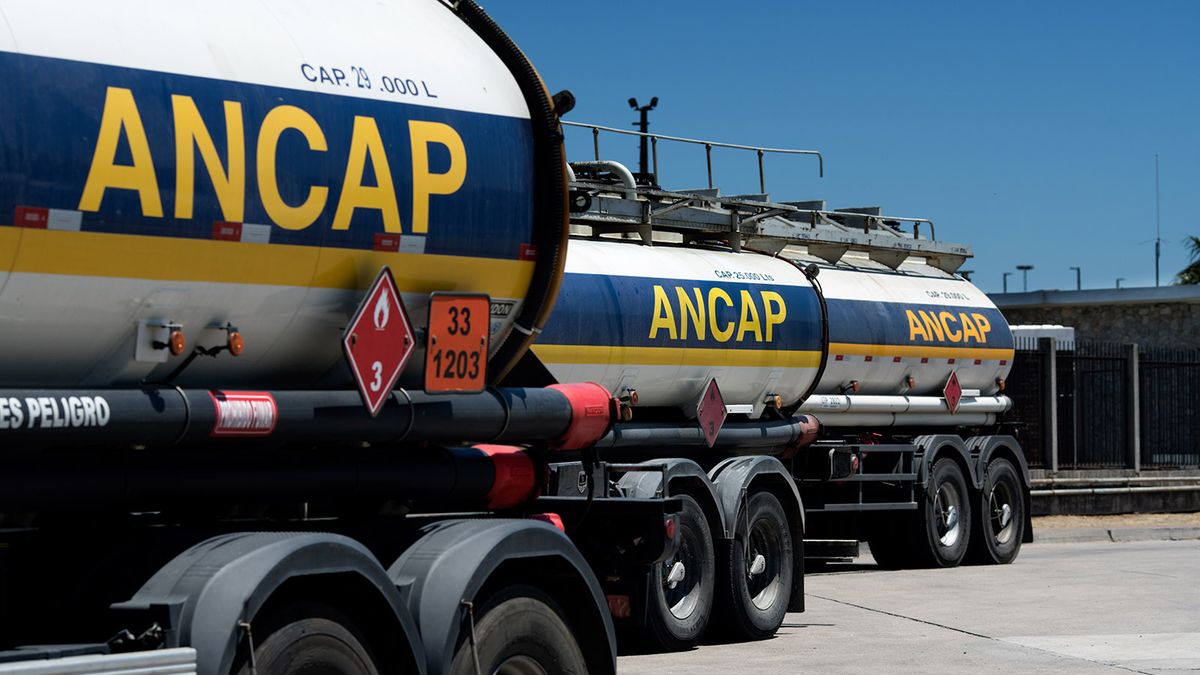The international context is in a key week for oil, while since National Administration of Fuels, Alcohol and Portland (Ancap) They assured that oil prices are falling, which could affect the Uruguay.
The president of Ancap, Alejandro Stipanicic He pointed out that international fuel prices are declining, while the Executive Branch is waiting for the price suggestion from the Energy and Water Services Regulatory Unit (Ursea) for the last month of the year.
“It was measured between October 26 and November 25the average in dollars must be converted into pesos, that is where small variations in the exchange rate can influence,” said the leader and added that “there are other factors that in fine tuning begin to be relevant, such as what happens with the freight in the world, if they become more expensive, it makes us more expensive. If there is a war conflict that affects international traffic, ship freight costs become more expensive.
Furthermore, the president Ancap He assured that local prices must reflect international prices and defended the Import Parity Price (PPI), an element that allows having a transparent reference of the values. “If there is a decrease, the government will decree a decrease. If international prices show a trend to one side or the other, the local price has to reflect that trend,” he explained.
In that sense, he assured that the PPI “is independent of the costs of Ancap, that is going to have losses in the last quarter of the year because the refinery is stopped and we have an impulse of Exceptional expenses in the fund flows of the year, so we are going to have income limited to international prices”.
What is happening on the international market?
Crude oil prices rose on Tuesday and Brent was trading above $80 per barrel, supported by expectations that the group of producers OPEC+ deepen and broaden output cuts over concerns about weakening global demand.
The OPEC+, that brings together the Organization of Petroleum Exporting Countries (OPEC) already allies like Russia, will hold a virtual ministerial meeting on Thursday to discuss production targets for 2024.
By mid-morning, Brent futures were up 91 cents, or 1.18%, at $80.92 a barrel, and West Texas Intermediate in the United States (WTI) improved 97 cents, or 1.27%, to $75.81.
“Barring a negative surprise, the recent price decline will probably be considered a purchase opportunityespecially if new cuts are agreed upon,” he said Tamas Vargafrom the oil broker PVM, referring to the OPEC+ meeting.
Last week, the market collapsed when OPEC+ postponed a ministerial meeting to iron out rough edges over the pumping objectives of African producers.
The group has since moved toward a compromise, several OPEC+ sources told Reuters, which could help the group’s de facto leader, Saudi Arabiato reach a consensus on the need to deepen production cuts.
He Petroleum He also found support in the dollar weakness -which lowers the price of a barrel for holders of other currencies and tends to reflect a greater appetite for risk among investors- and in expectations that inventories in the United States decreased last week.
Source: Ambito




